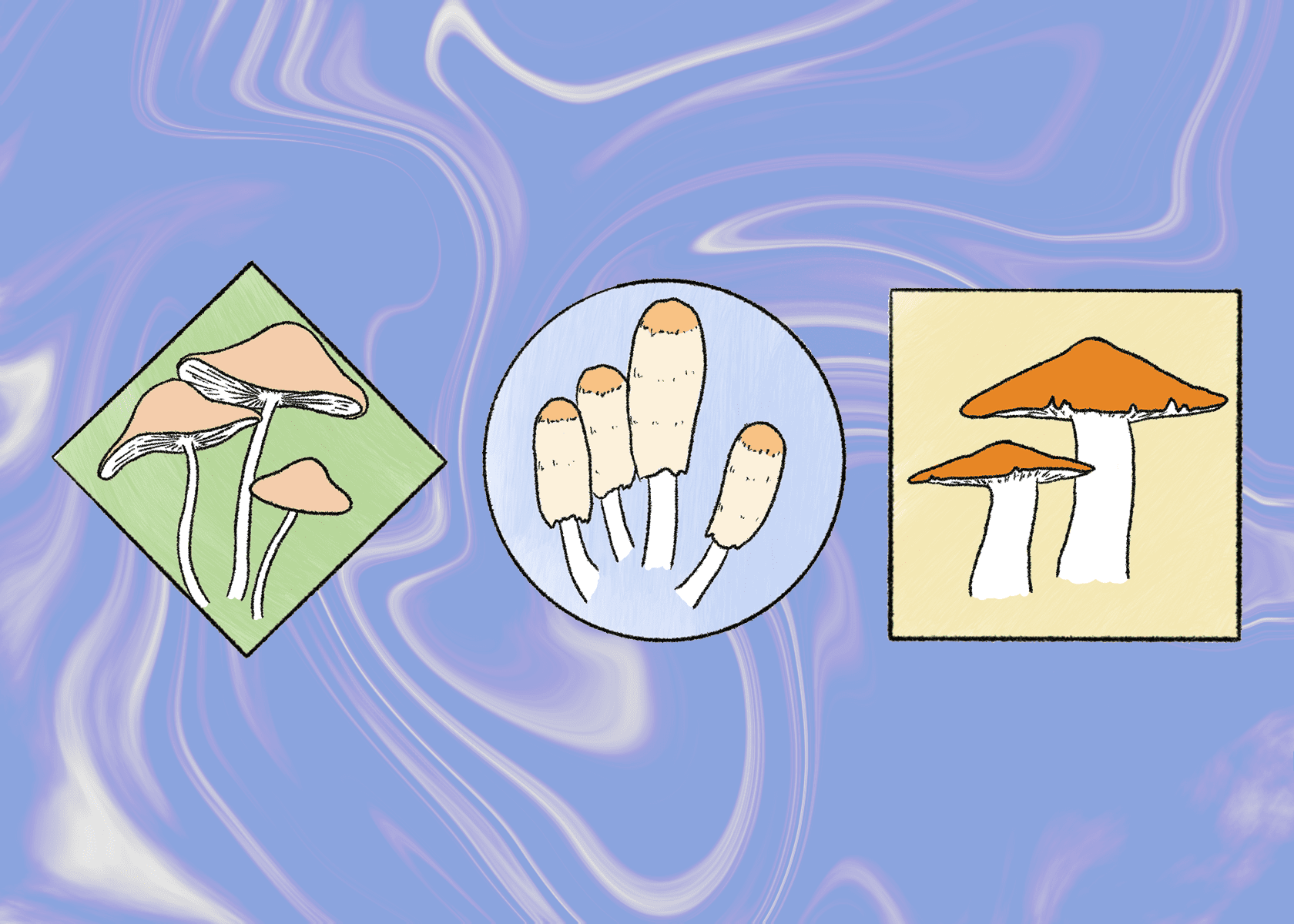Canberra is a magical place. It is populated by such mythical creatures as ‘students’ and ‘public servants’, and its urban areas have a distinct charm somewhere between rural Australia and an Eastern European capital. I’m of the firm belief that every Australian needs to visit Canberra at least twice: firstly as a child, for an education in science, art and democracy from some of Australia’s best museums, then as an adult, for a deeper education from nature itself.
The magic of Canberra can be found in its bars, clubs, and universities, but where it truly propagates is in its parks – among damp leaf litter. It’s true: you cannot take a short walk in the bush capital without tripping on magic mushrooms. I specifically refer to the liberty cap, which is a fungi of the Psilocybe genus and is known most famously for the psychoactive compounds that it produces.
Psilocybin mushrooms are categorised as a Schedule 9 drug in Australia, making them illegal to possess, sell or cultivate. It’s a nice irony that in the seat of government, they grow unfettered across the whole territory – urban and bushland parks alike. Did we forget to tell the mushrooms that they’re illegal?
This season has been particularly fruitful, as damp and wet weather has provided fertile ground for mushrooms to pop up in vast numbers. But before any budding mycologists start booking their coaches to the capital, be warned: liberty caps are not the only mushroom that grows wildly in Canberra.
In a cruel twist of fate, the same conditions that bring rise to liberty caps are also the perfect conditions for death cap mushrooms to grow. It would be amiss of me to offer identification advice, as the art and science of mushroom identification is no joke. Death cap mushrooms grow all around Canberra, and there have been multiple fatalities in the past decade as a result of their consumption.
That being said, the abundant parks of the ACT are well worth visiting regardless of any mushroom foraging that may or may not take place. More than half of the territory’s area is protected nature reserves, and its distance from Sydney makes it the perfect spot for a day trip.





